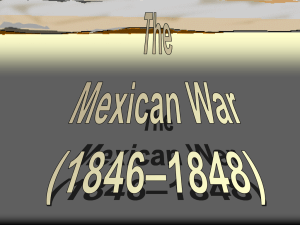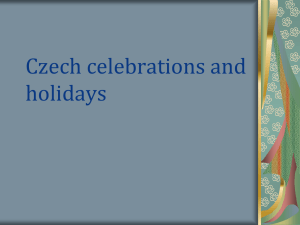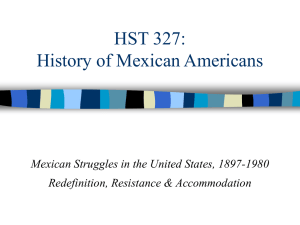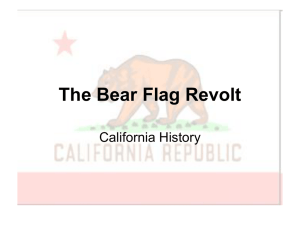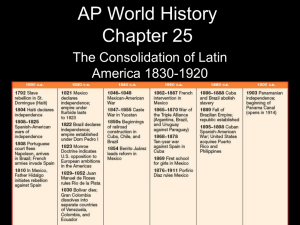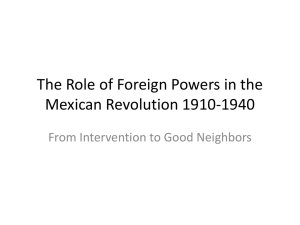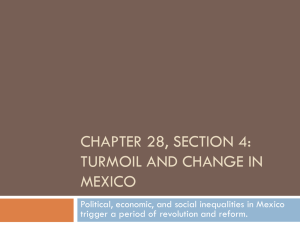Mexican Traditions
advertisement
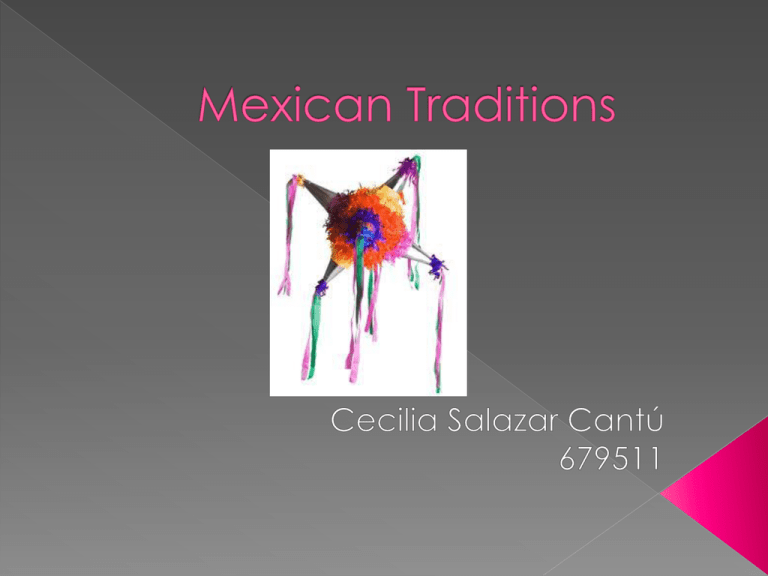
There are in modern Mexico many foreign customs and traditions we have taken and that in some way have enriched our culture, but this does not mean we should lose the customs of our country, since they represent our roots, our culture and our link with a past full of history, sentiment and love for this wonderful country that is Mexico. The origin of this custom goes back to the Spanish missionaries who arrived in Mexico during the sixteenth century and is part of the Catholic tradition, based on the Gospel according to St. Matthew that recounts the arrival of three wise men came from the east which have received the message the Savior would be born and that they should follow the path that mark a star, this led them to a manger in Bethlehem where they found the newborn, the Magi presented their gifts consisted of gold, frankincense and myrrh, three valuable products at the time, and proceeded to worship on their knees like the others. In memory of those present, children in Mexico receive their gifts each year also, on the same date. Associated with this date we have the traditional Rosca de Reyes, is oval-shaped bread decorated with dried fruit and contains within it depending on the size of one or more plastic dolls representing the Christ Child, people who finds them, are committed to present the February 2 in the local church the Baby Jesus they put in the house with the Christmas tree. This date is known in Mexico as Candlemas Day, this tradition has lost its meaning in some regions and now people who find the cartoons should organize a snack consisting of tamales, bread, chocolate or coffee. HOLY WEEK This week is between last days in March and early April each year. Is very important to most Mexican Catholics, not only because children go on holiday in those days, but because it performs a series of religious activities in the whole family involved, Holy Week begins with Palm Sunday, when carried to the church blessing bunches of palms, which are then placed behind the door of the houses. From Monday to Thursday this week are known as "Holy Days." Subsequent days are Good Friday, Easter Saturday and Easter Sunday, the representations made about this are to recreate the last days in the life of Jesus Christ, for this well in advance the people involved in it is prepared both mentally and physically and often is so real that real nails used to crucify the participants in addition to impact and fatigue that this entails. Easter Week starts immediately after Easter Sunday is time of festivity and joy, as we celebrate the resurrection of Christ. In Mexico, as in many other predominantly Catholic countries, Easter is a really big celebration. Formerly it was customary to give Mexican sweets, such as joy, and sweet pepitorias covered at all known. In legend, Easter bunny brings baskets filled with colored eggs, candy and sometimes also toys to the homes of children on the night before Easter. The Easter Bunny will either put the baskets in a designated place or hide them somewhere in the house or garden for the children to find when they wake up in the morning. This tradition has its origins in the night of September 15, 1810, when Father Miguel Hidalgo y Costilla rang his church bell in Dolores to bring together all the faithful and announce that the cry of "Viva Mexico", "Viva la Virgin of Guadalupe, the Mexican people would fight for their freedom. This is a really big celebration because represents the freedom of all mexican people. Independence Day is celebrated with a great dinner at the National Palace and many mexicans go to a plaza located in Mexico City to join the joy and share the joy of fireworks and traditional food stands that positioned to turn the place into a popular festival, as befits the anniversary of our independence, the next day is celebrated in some parts of Mexico parades and military parades. The Day of the Dead is one of the most typical and representative of our country, and it is time to remember those of our loved ones who have died, and feel that they are not gone entirely in Mexico commemorate our family and friends departed with a demonstration of love, the cult of death in Mexico is not new, as already practiced since 1800 BC C., many centuries before the Spanish arrived, In the Aztec Calendar we can see that in the 18 months that make up this schedule. Unquestionably one of the biggest holidays celebrated in Mexico is the day of the Virgin of Guadalupe. It is a darkskinned Virgin Mary in 1531 appears on the hill of Tepeyac to a single Indian, Juan Diego, the humblest of his children, to become the Mother of a new breed: "Mexicans“. She served as a banner to the priest Hidalgo in the early days of Independence. She, is the basic point of unity among Mexicans. Las Posadas – This Mexican Christmas tradition is the best known manifestation of the Christmas spirit held each night on the nine days between December 16th and Christmas eve which, according to religious tradition, represents the period when Mary and Joseph long ago search for lodgings were seeking shelter before the birth of Jesus is re-enacted. The posadas have become a community affair with friends, relatives and neighbors getting together to share in the festivities, visiting a different house each evening. People carry candles, visit several houses and ask for “posada” (shelter), the adults are given a thick punch “Ponche Navideno” and at the end of the journey, the “piñata”, stuffed with candy and fruit, is broken. This Mexican Christmas tradition refers to events prior to the birth of Jesus with the splendor of the manger and the shepherds. The pastorelas, as a scenic and literary genre, had its roots in 16th century Spanish religious theatre. These were theatrical representations used by the missionaries to impart religious knowledge to the indigenous people of Mexico. Usually performed in the afternoon or early evenings of the last weeks of December, pastorelas are a Mexican version of Europe's medieval miracle plays. They are most often presented outdoors in a public square, perhaps the courtyard of a church or an inn. The players may be local townsfolk, groups of schoolchildren, semi professional traveling troupes of actors during the Christmas season. Without doubt, one of the merriest Mexican Christmas tradition is that of the piñata, the whimsically decorated, brightly colored, hollow figure that holds candy and other goodies and is designed expressly to be smashed to bits! The true piñata is, underneath, a large clay pot and from that base, it becomes just about anything imaginable and made of crèpe or tissue paper, papier-maché, tinsel and sometimes colored paints and sequins are added which turns it into an object of sheer delight. No matter what material a piñata is made of now days, you can find them in just about any shape from angels, Santa Claus, donkeys, flowers, clowns and stars all with gaily colored streamers. Mexico at Christmas is a dazzling spectacle, made up in great part by the incredible array of piñatas.
